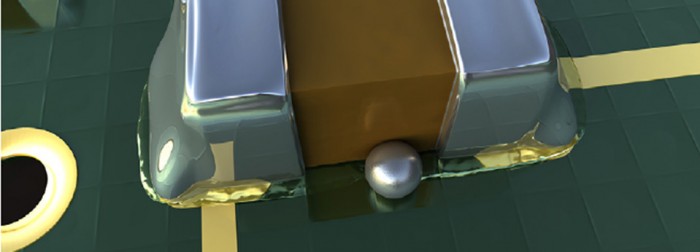I have been speaking recently with our technical support engineers to learnabout the types of questions and concerns that our customers have about using flux-cored wire.In answer to many of these questions, my colleague, EricBastow,created a video that talks about some do's and don'ts of soldering with flux-cored wire, along with some helpful tips.
https://www.youtube.com/watch?v=SOWhEej3Adg
Here is a summary of what I learned from the video:
- Robotic soldering is replacing pin-in-paste and traditional hand soldering for many assembly processes
- Flux selection is critical to a successful robotic soldering process. This includes:
- Selecting the right alloy
- Selecting the correct flux formula and flux percentage
- Deciding on whether to use solder wire or solder paste.
- Solder wire can produce less voiding and better hole-fill at the solder joint. This is because flux-cored wire contains less flux as compared to solder paste, and less volatiles in the flux formula, which creates less outgassing.
- Applying proper heat is critical to the process. Heat activates the flux and heats the surfaces being soldered to promote good flow, wetting, and metallurgical bonds.
- What to avoid:
- Trying to wet the solder to the tip of the solder iron and then using that to apply the solder to the solder joint. This prevents the solder from properly wetting to the surface of the solder joint and can give you a cold solder joint, which prevents you from getting a good solder bond.
This video has lots more good information so if you are using flux-cored wire for soldering, you will want to view the whole video.
If you have any questions, please contact me at [email protected].
Robert



